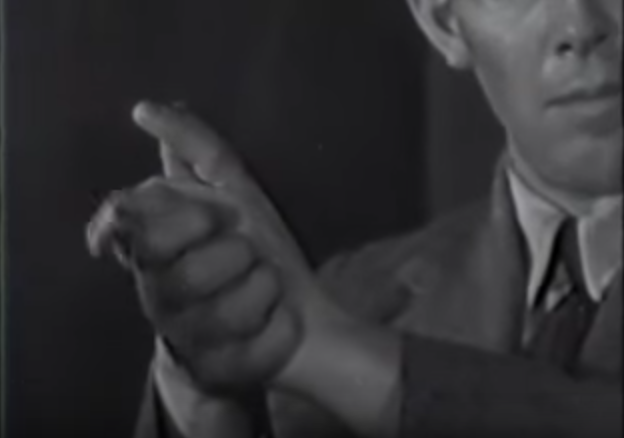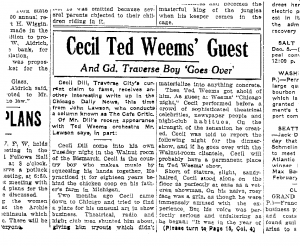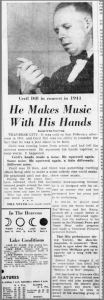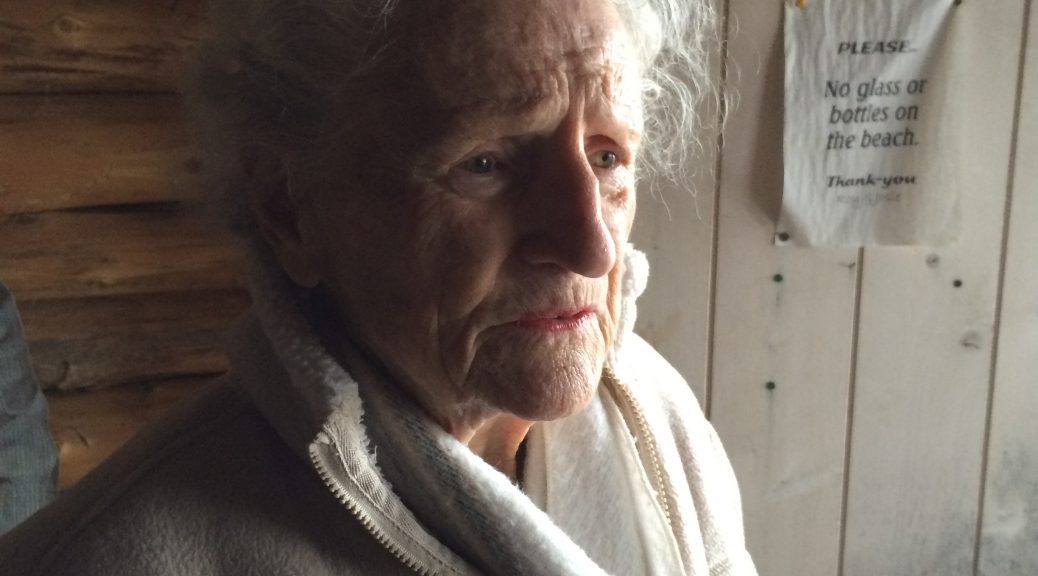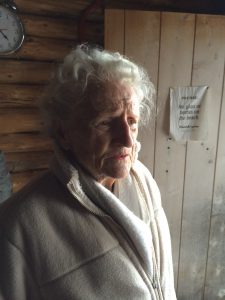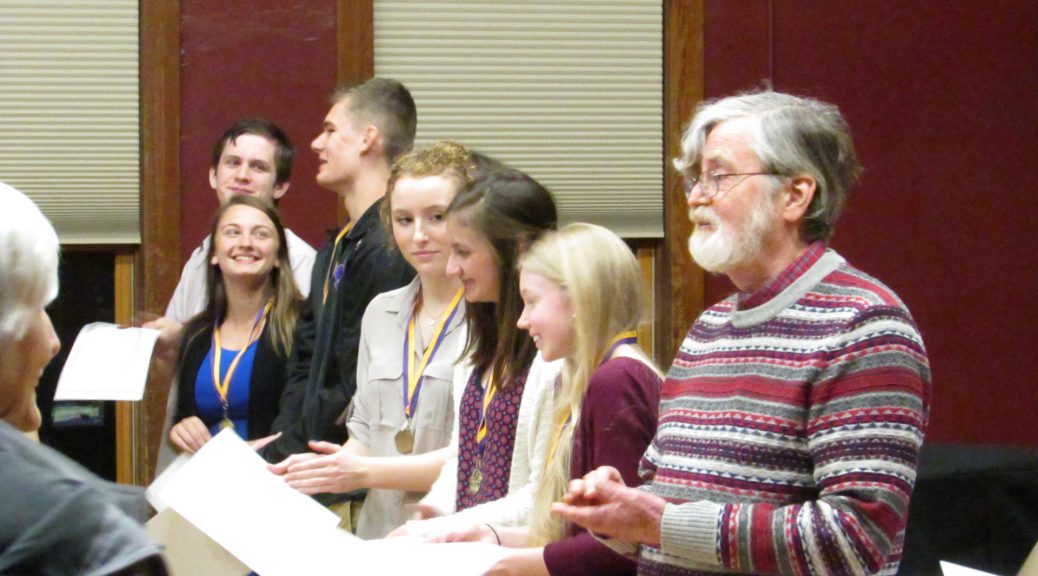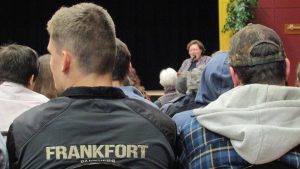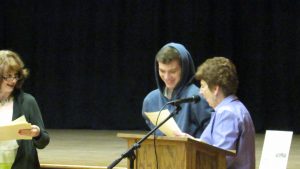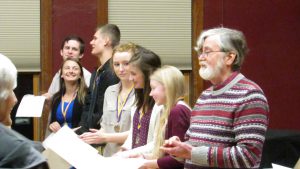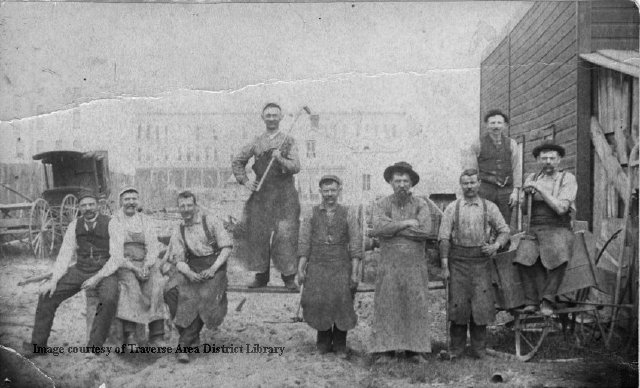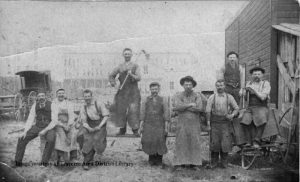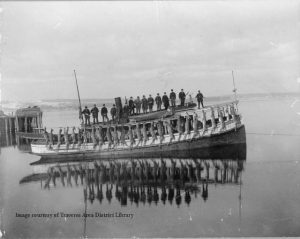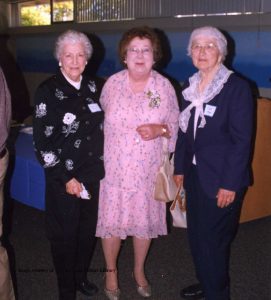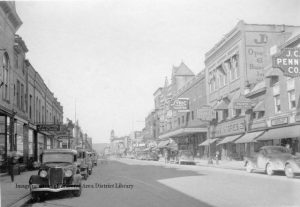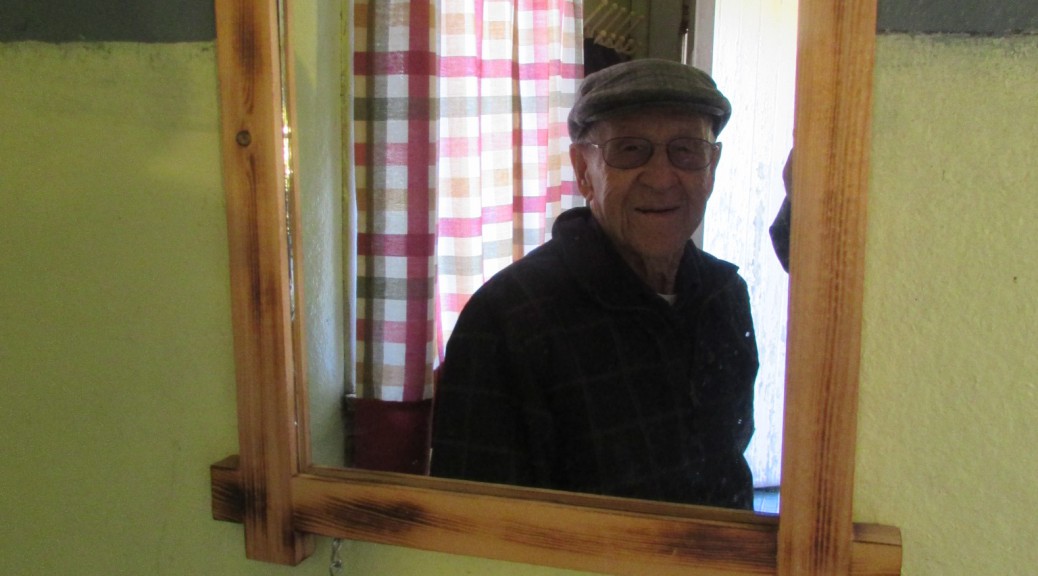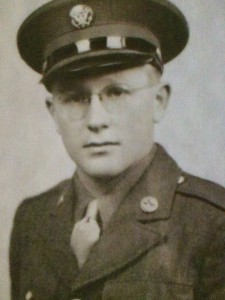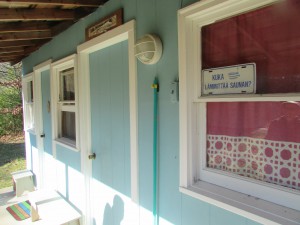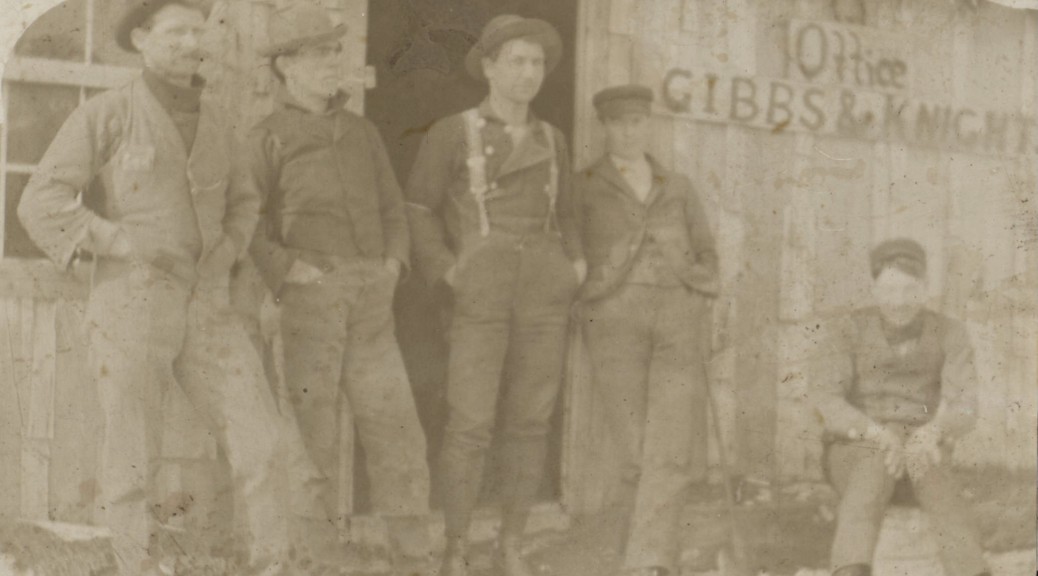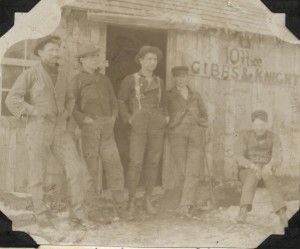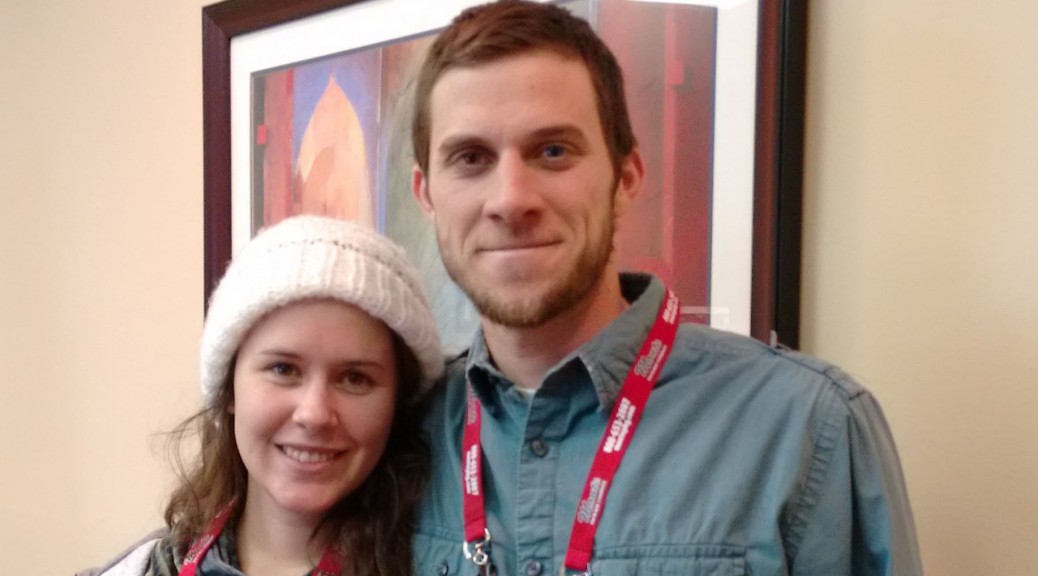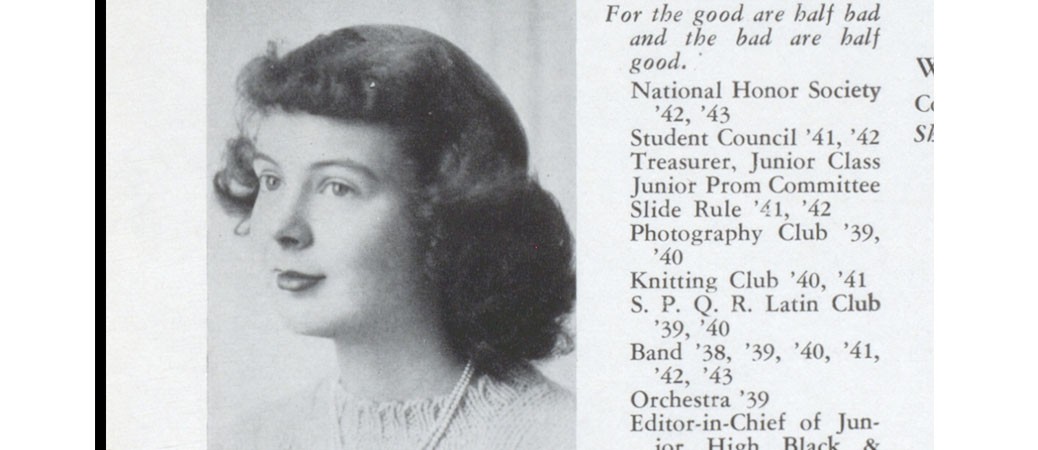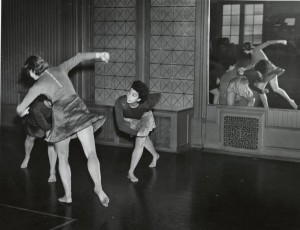Recently acquired by the Traverse Area District Library is a slim volume, the Forty-Second Annual Report of the Secretary of the State Horticultural Society of Michigan for the year 1912. The volume contains all the addresses and discussions held at the Society meeting on November 12-14, 1912, in Grand Rapids, Michigan. Topics centered around fruit growing, and included caring for the young orchard, preventing frost damage, watering techniques, and more.
The following selection was an address delivered by Mrs. Edith Rose, of Elberta, Benzie County, Michigan. According to Edith, she and her husband Paul moved to Benzie County about 1890, and there started an orchard. Edith’s concerns had much less to do with the actual growing of fruit than the operation of the farm. She does an admirable job discussing labor relations, racism, and prejudice against women. As an example of the last, Edith’s first name did not appear in the publication, and I was obliged to discover it through the Federal census, Benzie County.
Please note that the opinions expressed by Edith are her own, and not those of any staff member of Traverse Area District Library, or the editors of Grand Traverse Journal. Enjoy Fruit Growing from a Woman’s Standpoint:
“Mrs. Paul Rose, Elberta
Mr. President, Gentlemen and Ladies: Inasmuch as we are supposed to be it, I will show due respect to the gentlemen by addressing them first. When I read the program and saw that I was the only woman on the program, I wondered who the program committee had a grudge against- whether the audience or myself. You will no doubt find before I am through with what I am going to say that I am not a talker, but Mr. Rose is here, and so I will say no public talker. If I had been giving more time to speaking, you see I would have had less time for fruit growing.
Nearly 20 years ago a man and his wife, living near Benton Harbor, packed their household goods, loaded them into a car and started them up north, to Benzie county.
While they were being loaded a rain which turned into sleet came up and ruined everything, so far as varnish was concerned. A superstitious person would have take it as a sign to give up the job, but they were not superstitious so kept on with their work.
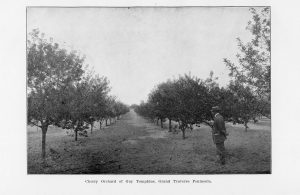
In the car with the household goods were two horses, a cow and a calf, a very fine calf. When the engineer came to get the emigrant car, he seemed to have been out of humor (perhaps his wife had not made him a good cup of coffee that morning for his breakfast). He struck the car so hard, it threw the car door open and the little calf fell out. The man with the car asked the conductor to wait for him to put the calf back into the car, only to be told to get in or get left.
As there was no way to let any one know of the predicament the calf was in, she wandered in the freight yards crying for her mama until the next day, when a good German woman took pity on little black bossy and put her in a barn and fed her.
Later the Railroad Co. was notified they would have to deliver said calf to her destination, which they did, giving her a ride in the express car.
Three years later, Black Bossy was a cow, and probably thinking to save the housewife any extra work, skimming milk and churning cream, she gave skim milk. Six months later all they had left of Black Bossy was a beautiful black Poled Angus robe.
When the household goods arrived up north, his wife and their little three-year-old daughter, their foreman’s wife and little daughter, started for the north woods as their friends thought.
When they reached Thompsonville they were notified there was a strike on the Ann Arbor Railroad and no one knew when there would be a train, so they went to a nearby hotel (this was 10 o’clock at night) only to be told it was full. They went back to the depot and found there would be a train in a few minutes, that would take them within four miles of their home. Thinking it would be better to be four miles than twenty as they were then, they took the train which arrived in the freight yards of So. Frankfort about midnight, where they were told there was no hotel nearer then a mile, no bus, no telephone, everything a glare of ice, and two little girls asleep, baggage, band boxes, bird-cage and such things that go with moving.
While deciding the next move to make two jolly traveling men offered to carry the little girls, which removed the greatest trouble, and they all started for a hotel. It probably was the first real work those men ever did. for they did some puffing before getting those little girls where they could walk, but very gentlemanly, saw the comical side of the affair.
The next day was bright and pretty and the husband, thinking to get some word from his little family drove to town, to find them waiting to be taken out to their first home of 80 acres of stumps, brush, and woodland, which was the nucleus around which has been builded [sic] what is now known as the Rose Orchards. There my life work has been put in helping to make them a success.
Fruit Growing from a Woman’s Standpoint
To talk on this subject, I will have to refer to our work, as it is all I know. What we have done, all things equal, others can do. A person said to me the other day, “Every woman can’t do what you have done.” Perhaps not, but they might improve on my work. It wouldn’t be best for every woman to engage in fruit work, as there are other lines of work for us to engage in. Just now we can vote and perhaps some day, hold office [editor’s note: Perhaps Edith means within the Horticultural Society, as general election voting was not passed in Michigan in the 1912 election. The measure lost by 760 votes]. I heard Prof. French of Lansing, say, “Men do not do their work haphazard now days.” In speaking of the fruit work, he said, “They spray, prune, pick, pack and market their fruit with brains.” I believe we have brains and certainly the gentlemen think so or they wouldn’t have given us the right of elective franchise, and thereby removing from us the stigma of mental weakness and taking us from the ranks of idiots, imbeciles, Indians [sic] and criminals.
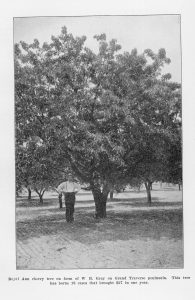
Fruit growing is very interesting, in fact it is fascinating. You plant the little tree, watch the buds start, then the blossoms and later the ripened fruit. How well I remember our first crop of cherries. Mr. Rose said to me one day, “Get a little pail and we will pick our crop of cherries.” There were less than four quarts of them, but we were as proud of that crop as we ever were of thousands of crates in later years. To a woman who wished to take up this work or to one who by circumstances seem compelled to do something of this kind, by being left with a little family and perhaps a few acres of land or a life insurance with which to buy a little farm, I would say by all means, plant a few trees, not too close together and between the rows of trees, plant some variety of berries that will come into bearing early and help pay the expenses of growing the trees and of the family.
It may be a little hard at times, but wouldn’t it be harder to live in town in a stuffy tenant house and take in washing or sewing and live up the insurance, besides depriving the children of the fresh air and the pleasure they would get from helping mama, until they will become a part of your work and will lend a hand to help put one of them through agricultural college and then come home fully equipped to take the care from Mother’s shoulders?
A woman can plant a row of trees just as straight as a man. There are trees in our orchard that I helped to plant 19 years ago, and they seem to grow and bear just as well as those planted by the men. A woman can spray if necessary. My experience has been that there is no part of the fruit work that a woman can not do if she will study and use good sound sense, unless it is to plow, but I think she can hire that done all right.
A wife should familiarize herself with her husband’s work so that she can direct it, at any time, during his absence, and then if she is left alone she won’t be handicapped by having her help say, “She don’t know anything about it, she won’t know whether it is done right or not.” I have never had a man or woman refuse to do the work as I told them to. Mr. Rose has been gone a great deal of the time during the growing of our orchard. At first he would dictate and I would jot down a routine of work to be followed during his absence but that has become unnecessary years ago, as we have had the same fore man for a number of years and he understands his part of the work as well as I do mine.
I have had help in the house most of the time, which has left me quite free to follow our chosen profession, Horticulture. Of late years most of my work has been in overseeing the pickers or packers. I have handled white labor in Indiana in raspberry work. I have assisted Mr. Rose in Alabama with his negro laborers, in the straw berry fields, and of course nothing but white labor on our farm up north. Some women may say, I can’t handle the laborers; perhaps a few suggestions here in regard to this part of the work might help some of the wives of these young students, to have more confidence in their ability to help their husbands in their life work. I keep my help in the house from one to three years. When I hire my house keeper I tell her just what I want her to do and what I will pay for the work and there is never any trouble over the work or wages. Always direct the work in the house or packing house.
If your help knows there is some one around to direct them, even if they understand what they are to do, they will go at their work with more interest. You can keep your help better satisfied and keep them longer, by having your work well systematized, and let them think they are expected to carry out their portion. A worker likes to know they are appreciated and a kind word is a little thing but will work wonders sometimes in accomplishing better and more satisfactory results.
We have had as many as 85 packers in the cherry work. We have never missed but one morning of being there when the seven o’clock bell rung. Don’t ever leave your help alone, they will not work as well. Mr. Rose has often said to me when I did not feel able to go to the packing house: “Can’t you bring your rocking chair and sit where they know you are and where you can dictate the work?” Be very firm and decided with the workers but don’t nag them.
In Alabama I have started to the field with 125 negroes following and joking about their little Boss, “She don’t carry a gun or club.” When Mr. Bose started his berry work in the South, the Southerner said, “You will have to carry a gun or club, for the nigger will have to be knocked down a couple of times before he will work good.” We never had any trouble, kept our help, picked our berries in better shape than some of the fields where they worked their help at the point of the gun. We loaned our negroes one day to an adjoining berry grower. During the day Mr. Rose and I went over to see how they were getting along. When we came near where they were picking berries they expressed a delight at seeing us and when asked how they were getting along, said : “We don’t like this boss. He carries a gun. We like you-alls better.” We assured them that the boss would not hurt them if they worked all right, and then we started back. We had only gone a half-mile when we looked back and there came every one of our negroes. We stopped and when they came up we persuaded them to go back and finish the day, but they said : “No, sah ; we will work for you-alls but we don’t work over there no more.” We saw how they felt about it so told them, “All right go back to their cabins and work for us in the morning.” Kindness, even with the negro, got our work done better than a club.
We never hire our day help for any one piece of work. Then they can not complain if they are changed from one job to another, if I need more packers, I call them from the pickers and if the foreman needs more pickers I send the packers out to help him. We have had girls work 8 and 10 years in the fruit work. They enjoy it and will plan from one year to another, what they are going to do, and have their money spent, in their minds, a year ahead. Always be interested in each worker, study them to know what part of your work they are best adapted to. You may have a person that seems a failure at one thing and may make a splendid hand at something else. Our foreman brought a man from the orchard to me at the packing house and said: “Can you use him here, I can’t use him in the orchard. I set him to nailing packages, and he did fine work the rest of the season.
Just a word to the woman that has some money to invest and contemplates launching out in fruit-work. Be careful in selecting a location, if possible get near enough some town or shipping point where you can easily market your fruit and where you can get help to pick it, and don’t plant too extensively until you are sure you can handle the business, and don’t expect to have time to read stories, papers, call on your neighbors or embroider during the summer months. I heard a joke on a man who bought some land in Florida, unsight and unseen. After the bargain was all made and the price paid he thought he would go and see his new farm. The land shark took him out in a boat and after paddling around awhile said : “Your farm is under here ; when you get it drained it will be all right.” Don’t buy land unsight and unseen. Let the men do that. We women may be easy but there are others.”
The entirety of this work is available online for download: https://books.google.com/books?id=1dpJAAAAYAAJ
Amy Barritt is co-editor of Grand Traverse Journal.


